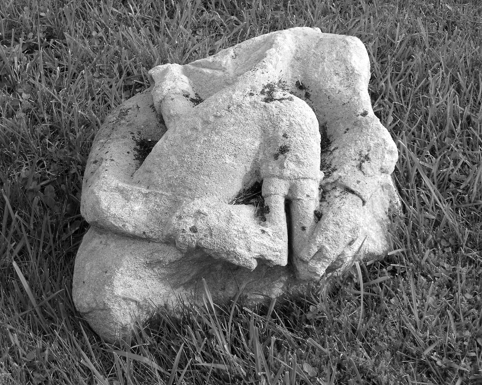The Bagpipe Society
A New Find
It’s not every day (in fact not every year) that a new double chanter carving comes to light. Come to think of it it’s not every day you have a conversation with a stranger about double chanter bagpipes but this is what happened. . . .
I was busking at a folk festival and stopped to speak to a lady, her son was writing a dissertation on “Cornish” bagpipes, so, whilst sat upon my “High Horse”, I remarked on their existence in many other parts of the Realm and maybe, perchance, they should more properly be referred to as “Dorsetian” or is that “Dorish”? (Actually, that last bit of “our chat” happened some other time, some other place, but why ruin a perfectly average story?) Anyway, once off the said “High Horse”, the conversation was filed in the rarely travelled recesses of my memory. So how glad was I when, a week later, she contacted me to say that the day following our meeting she had visited a church in Somerton, Oxfordshire and found another, hitherto unknown, example of a double chanter carving. The mail was accompanied by a photo, that certainly grabbed my attention and, as soon as I was able, I hot footed it to St James, Somerton, in the county of Oxford, to take a look for myself.
Though somewhat damaged, it was definitely the beast I was after. A double chanter bagpipe, bag (with a little decoration along its length) under right arm, a single drone over the right shoulder, hands right slightly above left. Sadly though, it was not inside the church but on the ground outside, round the back, lying with other bits of carving, laid to rest, so to speak.
With its discovery has come, perhaps, more questions than answers. It is difficult to know when the carving was made as it is no longer in its original position and, like many churches of a similar antiquity, (it dates back to Norman times), it has gone through many phases of building. The churchwarden seemed to think that the carving was from some time before the mid-14th century and had originally been situated inside the church (which, given the colour and lack of weather damage, I am inclined to agree with). Why it is no longer attached to the church is unknown. Maybe it was removed to make way for a monument to the church’s 16/17th. century patrons, the Fermor family, and left in a corner somewhere until finally being moved outside. Maybe it ended up there after some recent restoration/conservation work carried out a few years ago. No doubt someone with knowledge of the architectural styles, materials and the building techniques used in churches would be able to enlighten us more. Alas, I have no skill in this area.
This all fired me up to go, after a tip off from the warden, and take a look at St. Mary’s in Adderbury. Just up the road, well 7 miles, the church boasts a fine set of carvings dating from 1330s/40s, amongst them several musicians playing their instruments, of these no double chanter but a bagpipe with a single melody pipe and, a Symphony. Now there is a rarity!

Anyway, back to St. James, Somerton, where I’m sure you’ll be pleased to hear that the carving has now been taken inside the church for safe refuge. The church (having largely avoided the ravages of the reformation) and those associated with the church, has quite aninteresting history and, if you wish, I recommend you look it up online.
And so? Another county is represented on the map of double chanter bagpipes and the moral of the story? Keep talking to any that will listen, you never know what it may bring to light!
- Data Processing Notice (GDPR)
-
@BagpipeSociety on X (formally known as Twitter)
-
TheBagpipeSociety on Instagram
-
 BagpipeSociety on Facebook
BagpipeSociety on Facebook
Something wrong or missing from this page? Let us know!
